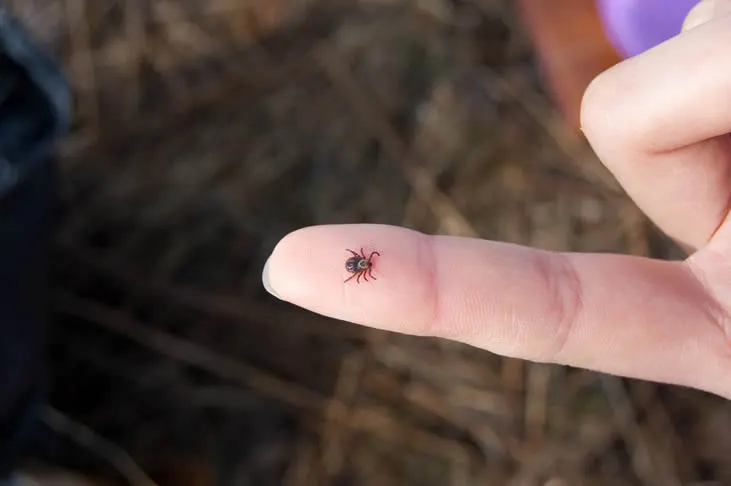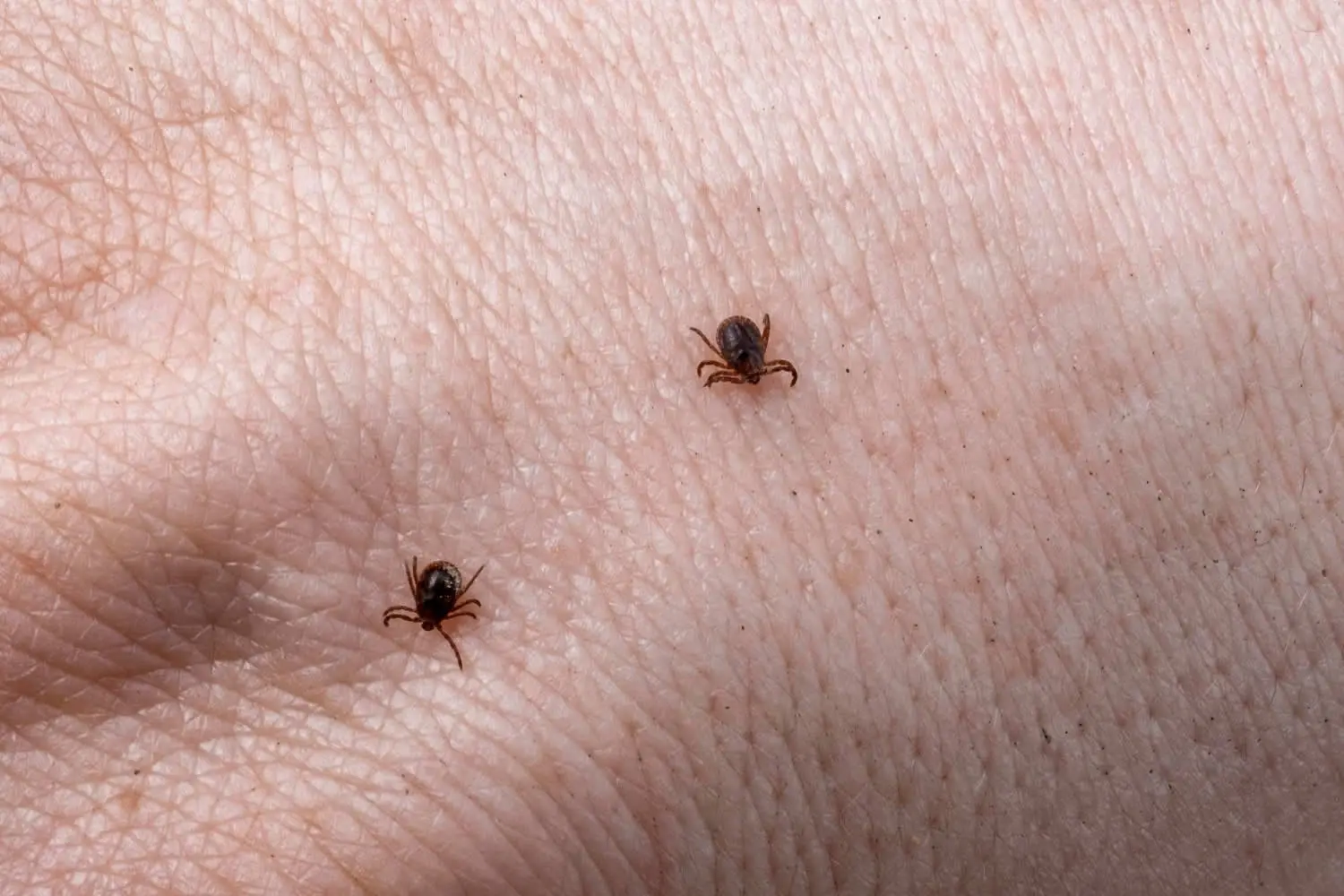What is Lyme Disease?
Lyme disease is an infectious illness caused by the bacterium Borrelia Burgdorferi. It is most commonly spread through the bite of infected black-legged ticks, which are often found in tall grass and wooded areas. In some cases, the bacterium can also be transmitted through the bite of other species of ticks, as well as through contaminated needles or during blood transfusions.

What are the causes of Lyme Disease?
You contract lyme disease when you receive an infected deer tick bite. The bacteria enter your body through the bite and then make their way to your bloodstream. To transmit the illness, a tick must be attached to your skin and feeding for an extensive time period. The longer a tick goes undiscovered, the greater the risk of Lyme disease. You cannot catch Lyme disease from another person.
What are the symptoms of Lyme Disease?
Because Lyme disease can affect different parts of the body, not all cases show symptoms in the same way. Generally though, signs of Lyme disease include:
- Red, bulls-eye like rash
- Flu-like symptoms such as fever, chills and fatigue
- Intense joint pain and swelling
- Neurological concerns, especially in untreated cases
What treatments are available for Lyme Disease?
The treatment for Lyme disease typically involves antibiotics, which can effectively cure the infection if given in the early stages. Common antibiotics used to treat Lyme disease include doxycycline, amoxicillin, and cefuroxime axetil.
In cases of early-stage Lyme disease, antibiotics are usually given orally and may be taken for several weeks. In more severe cases or in cases of late-stage Lyme disease, intravenous antibiotics may be required.
In addition to antibiotics, patients with Lyme disease may also be treated with over-the-counter pain relievers, such as ibuprofen or acetaminophen, to relieve symptoms like joint pain and headaches.
It is important to note that some people may continue to experience symptoms even after treatment with antibiotics. This is known as post-treatment Lyme disease syndrome (PTLDS) and may require additional medical attention.
How to Help Prevent Lyme Disease
There are several steps you can take to help prevent Lyme disease:
-
Avoid tick-infested areas: Try to avoid spending time in tall grass or wooded areas, especially during peak tick season, which is usually from late spring to early fall.
-
Wear protective clothing: When spending time in areas where ticks are prevalent, wear long pants and sleeves, and tuck your pants into your socks to keep ticks from reaching your skin.
-
Use insect repellent: Apply an insect repellent containing DEET or permethrin to your skin and clothing to help keep ticks at bay.
-
Check for ticks: Regularly check your skin, clothing, and gear for ticks, especially after spending time outdoors. Remove any ticks you find promptly and carefully.
-
Maintain a tick-free yard: Keep your yard tidy and mow the lawn regularly to reduce the risk of ticks. You can also treat your yard with tick-killing chemicals and keep pets on tick preventive medication.
-
Seek prompt treatment: If you experience symptoms of Lyme disease, such as a bull’s-eye rash or flu-like symptoms, seek prompt medical attention. Early treatment is essential for preventing serious complications and ensuring a successful recovery.
By taking these preventive measures, you can reduce your risk of contracting Lyme disease and enjoy outdoor activities with peace of mind.

FAQ About Lyme Disease
How is Lyme disease transmitted?
The bacterium that causes Lyme disease is transmitted to humans through the bite of infected black-legged ticks.
Can Lyme disease be transmitted from person to person?
There have been rare reports of transmission of the bacterium that causes Lyme disease through contaminated needles, blood transfusions, and sexual contact, but the primary mode of transmission is through tick bites.
What should I do if I think I have been bitten by a tick?
If you have been bitten by a tick, remove the tick promptly and carefully. If you develop symptoms of Lyme disease, such as a bull’s-eye rash or flu-like symptoms, seek prompt medical attention.
When should I see a dermatologist for Lyme disease?
If you develop a bull’s-eye rash or suspect you have been bitten by a tick, it is important to see a dermatologist promptly. A dermatologist can diagnose Lyme disease and provide appropriate treatment.
Is there a dermatologist near me in Fort Wayne that offers treatment for Lyme disease?
Yes. At our Fort Wayne dermatology office we offer treatment for Lyme disease to patients from Fort Wayne and the surrounding area. Contact our office today to schedule an appointment.

